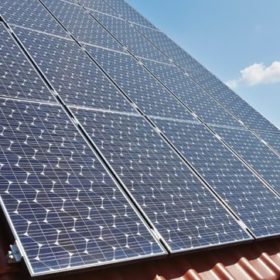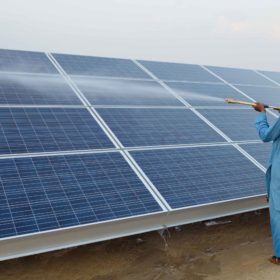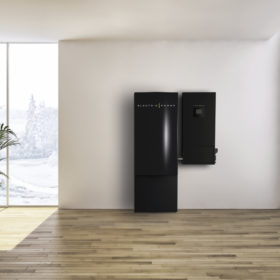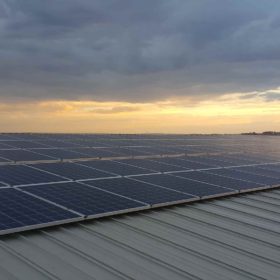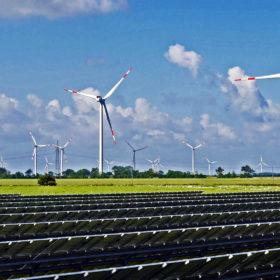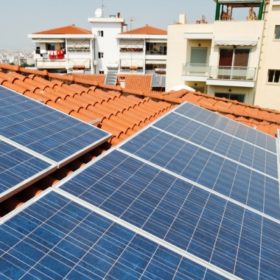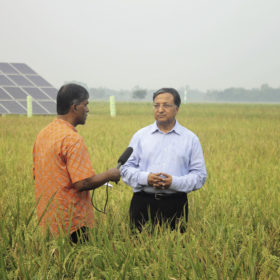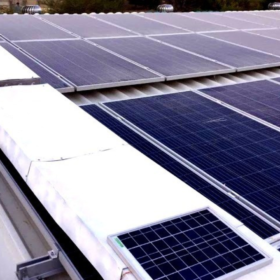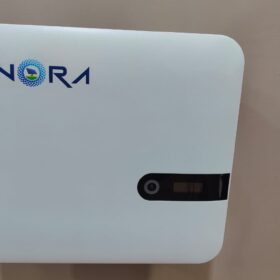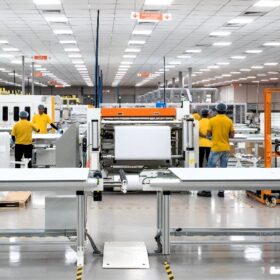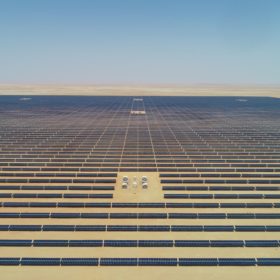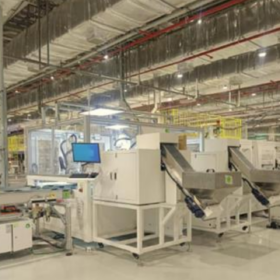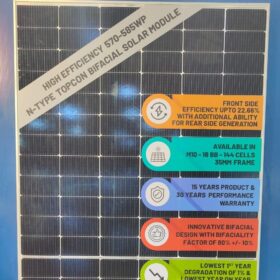NREL scientists encourage ‘optimal’ PV curtailment
Solar curtailment might become a valuable aspect of future PV deployment, particularly if grid operators start focusing on ‘curtailment management’ instead of ‘curtailment prevention.’ Management would include measures such as flexible generation, storage, load flexibility, and regional coordination.
Maharashtra utility seeks installers for 25 MW of solar rooftops
The state electric company has issued a call for expressions of interest in installing the residential arrays.
Machine-learning for PV module cleaning
French researchers have developed a machine-learning model to clean low-power PV projects and standalone solar arrays in rural areas isolated from the grid.
The long read: Storage … ready?
The story of residential rooftop solar is one of liberation. Confronted with high module prices, early PV adopters experienced significantly longer payback periods – it was not unheard of for homeowners to be making monthly finance payments higher than their utility bills. But consumers were motivated, seeking independence from the stranglehold that electricity providers had on them with ever-increasing utility rates.
Strategies to prevent overvoltage-induced inverter disconnections
Australian scientists have identified seven methods to prevent PV losses when overvoltage-induced inverter disconnections occur. The methods include battery storage, reactive power inverters, export limits, distribution static synchronous compensators, the replacement of old conductors in power grids, load reconfiguration, and dynamic voltage restoration.
India will reach 125 GW renewable capacity by December 2022
A new report by ICRA says large-scale solar in the country will likely achieve the 60 GW target set by the Indian government. Rooftop solar and wind, however, will see a shortfall.
REIL seeks to empanel EPC contractors for residential rooftop solar in Bihar
The projects are to be carried out on a turnkey basis, with solar modules and inverters supplied by Rajasthan Electronics & Instruments Limited (REIL). Bidding closes on August 4.
The long read: Bangladesh’s renewables pioneer dreams of a ‘solar nation’
Dipal C Barua started installing rooftop solar systems in Bangladesh when the PV industry itself was in its infancy, with his company Grameen Shakti. Now heading up the Bright Green Energy Foundation, Barua installs small residential systems, streetlights, and irrigation pumps throughout rural Bangladesh under various government programs.
Solar causes highest power peaks under mixed-cloud conditions
Dutch researchers have shown that power peaks caused by solar generation may be stronger under partial cloudiness than clear skies. According to their findings, mixed-cloud conditions can enhance PV power production due to light reflected off clouds, as well as their intermittent shadows on arrays, which reduce module temperatures.
Skilancer launches water-free module cleaner for residential rooftop solar plants
With the latest robotic cleaning offering, the startup aims to capture the residential solar market that currently stands at a capacity of 4400 MW and is expected to reach 8500 MW by the end of 2020.

